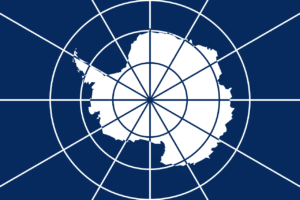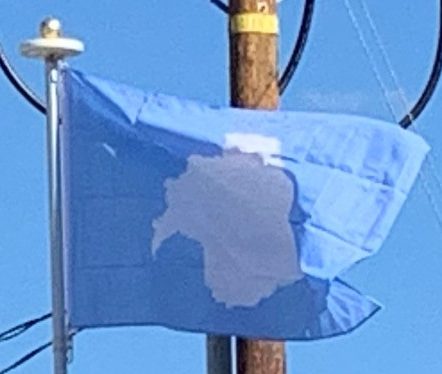Although coal, hydrocarbons, iron ore, platinum, copper, chromium, nickel, gold and other minerals have been found, they have not been in large enough quantities to exploit. The 1991 Protocol on Environmental Protection to the Antarctic Treaty also restricts a struggle for resources. In 1998, a compromise agreement was reached to place an indefinite ban on mining, to be reviewed in 2048, further limiting economic development and exploitation. The primary economic activity is the capture and offshore trading of fish. Antarctic fisheries in 2000–01 reported landing 112,934 tonnes.

Small-scale “expedition tourism” has existed since 1957 and is currently subject to Antarctic Treaty and Environmental Protocol provisions, but in effect self-regulated by the International Association of Antarctica Tour Operators (IAATO). Not all vessels associated with Antarctic tourism are members of IAATO, but IAATO members account for 95% of the tourist activity. Travel is largely by small or medium ship, focusing on specific scenic locations with accessible concentrations of iconic wildlife. A total of 37,506 tourists visited during the 2006–07 Austral summer with nearly all of them coming from commercial ships; 38,478 were recorded in 2015–16.
There has been some concern over the potential adverse environmental and ecosystem effects caused by the influx of visitors. Some environmentalists and scientists have made a call for stricter regulations for ships and a tourism quota. The primary response by Antarctic Treaty Parties has been to develop, through their Committee for Environmental Protection and in partnership with IAATO, “site use guidelines” setting landing limits and closed or restricted zones on the more frequently visited sites. Antarctic sightseeing flights (which did not land) operated out of Australia and New Zealand until the fatal crash of Air New Zealand Flight 901 in 1979 on Mount Erebus, which killed all 257 aboard. Qantas resumed commercial overflights to Antarctica from Australia in the mid-1990s.
About thirty countries maintain about seventy research stations (40 year-round or permanent, and 30 summer-only) in Antarctica.
The ISO 3166-1 alpha-2 “AQ” is assigned to the entire continent regardless of jurisdiction. Different country calling codes and currencies are used for different settlements, depending on the administrating country. The Antarctican dollar, a souvenir item sold in the United States and Canada, is not legal tender.
Flag of Antarctica:
Prior to 2002, Antarctica had no flag as the condominium that governs the continent had not yet formally selected one even though a particular design was in widespread use. The consultative members of the Antarctic Treaty System officially adopted a flag and emblem in 2002, which is now the official symbol of the treaty system. Several designs for representing the continent have also been proposed.

The Graham Bartram design uses the flag of the United Nations as its model. A plain white map of the continent on a blue background symbolizes neutrality (Bartram was well aware of the overlapping territorial claims of the United Kingdom, Chile, and Argentina when he designed the flag). This flag was actually flown on the Antarctic continent for the first time in 2002, when Ted Kaye (then editor of Raven, the scholarly journal of the North American Vexillological Association) took several full-size flags in the Bartram design on an Antarctic cruise. The bases of Brazil, Ukraine, and the UK all flew it from their flagpoles, making its raising “official”. He presented a paper (“Flags Over Antarctica”) which described the first flying of the Bartram design over Antarctica in Stockholm in 2003, at the 20th International Congress of Vexillology. The Graham Bartram design is used for the “Flag for Antarctica” Emoji on all supported platforms.
